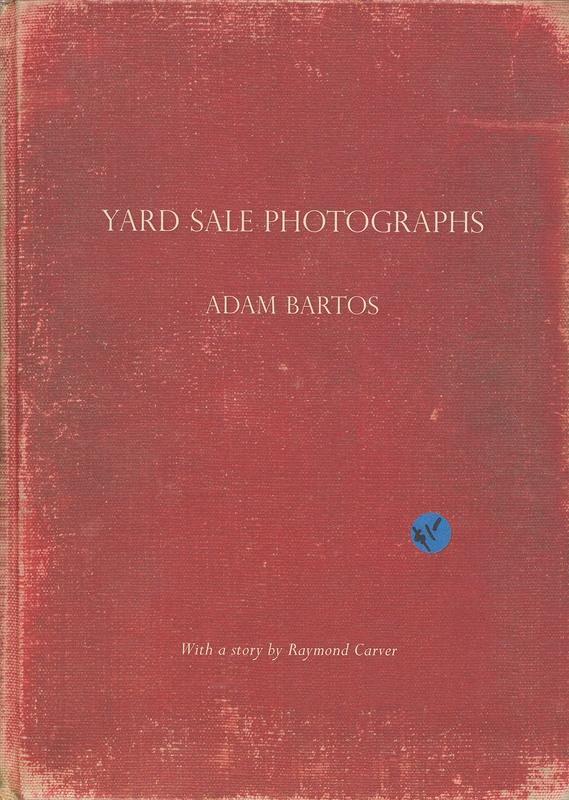EZKIOZALEAK

Ezkiozaleak deals with Marian dedications and national identity; a project about the apparition of the Virgin as a female icon who legitimises and protects Catholic states in anticlerical revolutionary processes.
It is 1931, in Ezkioga, a village in the heart of Guipúzcoa. Some apparitions of the Virgin Mary took place there and made the faithful think of the possibility of a Lourdes who would revive devotion. The quest for Marian hope occurred at the turning point in history marked by the change from Primo de Riveras dictatorial regime to the Second Republic, which proposed the separation of state and church. That was a flowering of liberalism and modernism which the church tried to smother by sponsoring phenomena of this kind.
To a certain extent, Ezkiozaleak brings together the visual accounts of the apparitional phenomenon. The inextricable combination of culture, language, ethnicity and religion in the Basque rural world was not representative of the rest of the country, which explains why neither were the hierophantic visions. For the ecclesiastical orthodoxy, the Virgin Mary wouldnt have chosen chiefly married women with children as the main figures of her intercession. Even if they had no voice of their own, this was a sign of the social protagonism they demanded and/or a way of conveying a heterodox message.
The Ezkioga photographs enabled photographers, believers and seers to construct a chronicle-portrait of themselves, generating a subordinate popular imaginary in the bosom of the Church and a response to the social changes brought about by the Republic. The photographic camera defined reality as a spectacle for the masses, recreating the popular archetypes and models of faith in order to secure the approval of the clergy and induce changes in public opinion, which was sceptical about the apparitions.
Out of stock
Out of stock

